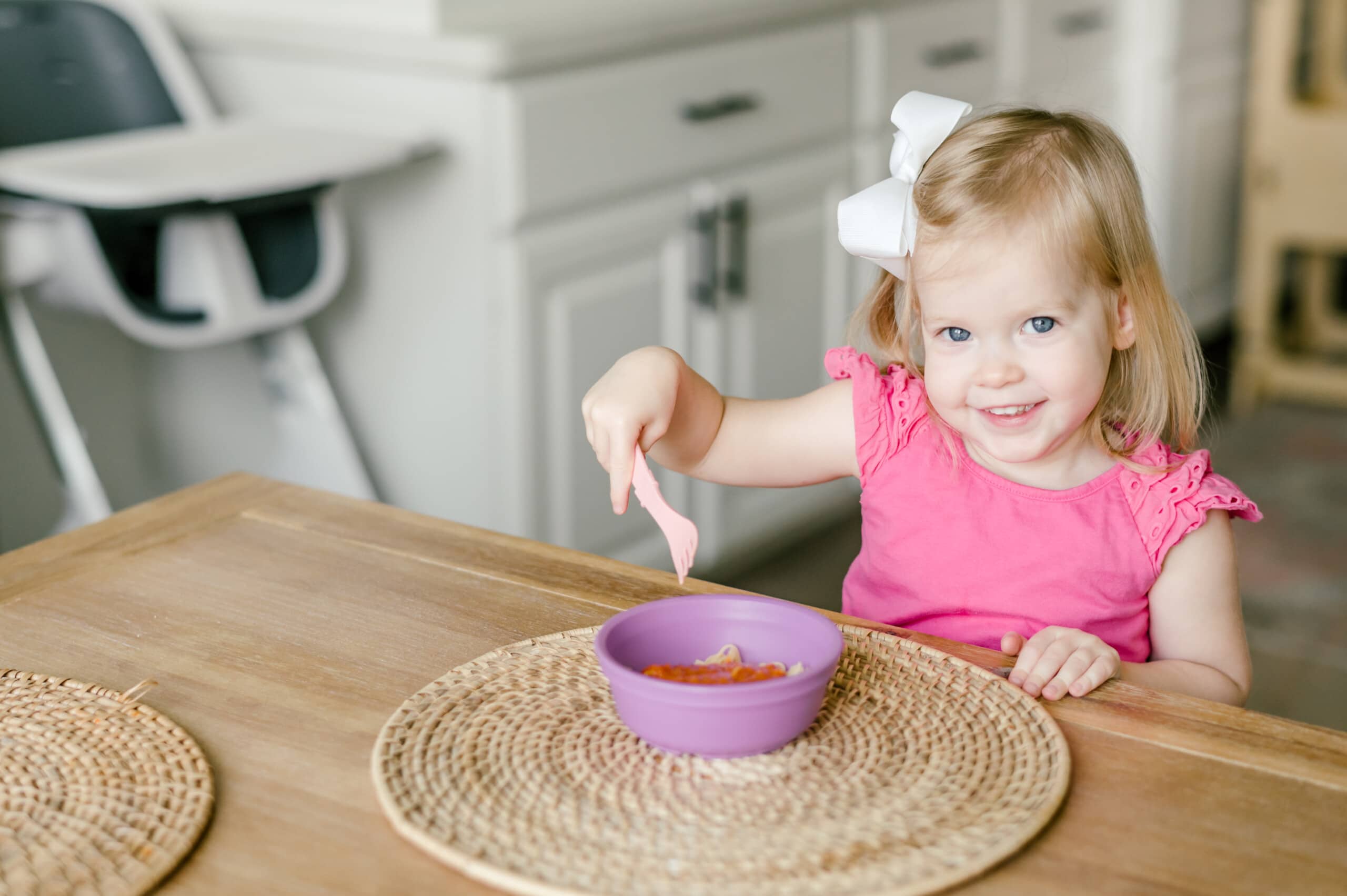Having a variety of foods in your child’s diet is essential, but there aren’t many whole-food snacks for a baby that are an easy grab-and-go option. In comes yogurt — and not only is it easy to transport, but it also has many benefits for a baby’s health and wellbeing. You can add yogurt products to your baby’s diet at six months. Now, if you think your baby or older child doesn’t like yogurt, there are easy ways to incorporate it into their diet without realizing it.1
Benefits of Yogurt
Why would you want your child to have yogurt in their diet? Yogurt is high in calcium and phosphorus, which benefit babies’ and kids’ bone strength. It is also high in protein and fat for a baby’s rapid growth and development. This is a necessary time to focus on these nutrients as your child grows and strengthens. It has been shown that babies who receive enough of these vitamins, minerals, and macronutrients start their adult lives with stronger bones. Later in life, this can protect them from things such as osteoporosis. Finally, yogurt contains beneficial bacteria, or probiotics, that can aid digestion and absorption of nutrients and fiber. Babies who consume probiotic-containing foods have a decreased chance of having diarrhea and gastrointestinal-related issues.1,2
There is also some data to suggest that yogurt improves digestive and developmental health and is a measure of the duration of respiratory colds.3
Plenty of yogurts are on the market, but for infancy and young children, it is essential to look for full-fat yogurts. This is because a full-fat yogurt will contain more fat and protein for optimal growth and development. Low-fat yogurts can also contain excess added sugar, making them more of a sweet treat rather than a nutrition-packed snack. With the many benefits a yogurt a day can have on your child, it can be a great food to incorporate into everyday life, whether as a snack or as part of a meal.

5 Ways to Incorporate Yogurt Into Your Baby’s Diet
Here are five easy ways to add yogurt to your child’s diet to reap all the health benefits!
1. Spice It Up
Yogurt can be a bit tart, especially for babies born to love sweet flavors (like breast milk). One key to getting your child to eat yogurt as a snack is to spice it up! This easy recipe using plain yogurt and peaches is perfect for moms introducing new fruits into their child’s diet.
Peaches and Cream Yogurt
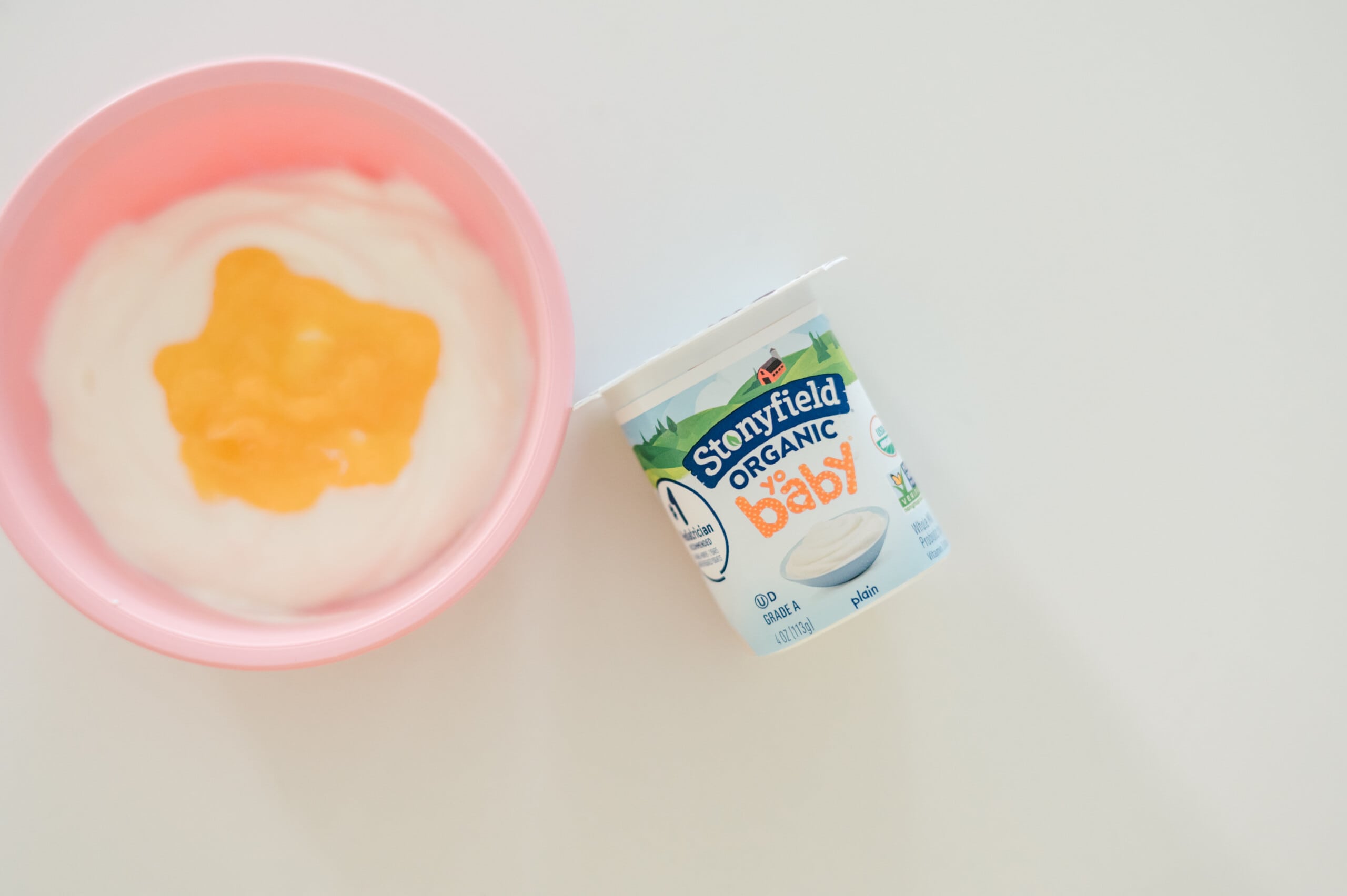
Makes about 1 cup
Ingredients:
Directions:
- Bring an inch or so of water to a boil in a pan fitted with a steamer. Place the peach in the steamer, cover, and steam until the fruit is soft when you pierce it with a knife and the skin is loose about 4 to 6 minutes. Let cool.
- Use a sharp paring knife to remove the peach skin. Mash the peach with a fork to the right consistency for your baby. Spoon the yogurt into a bowl and stir in the vanilla if using. Top with the peach.
To store: Refrigerate for up to two days or freeze individual portions of mashed peaches for up to three months.
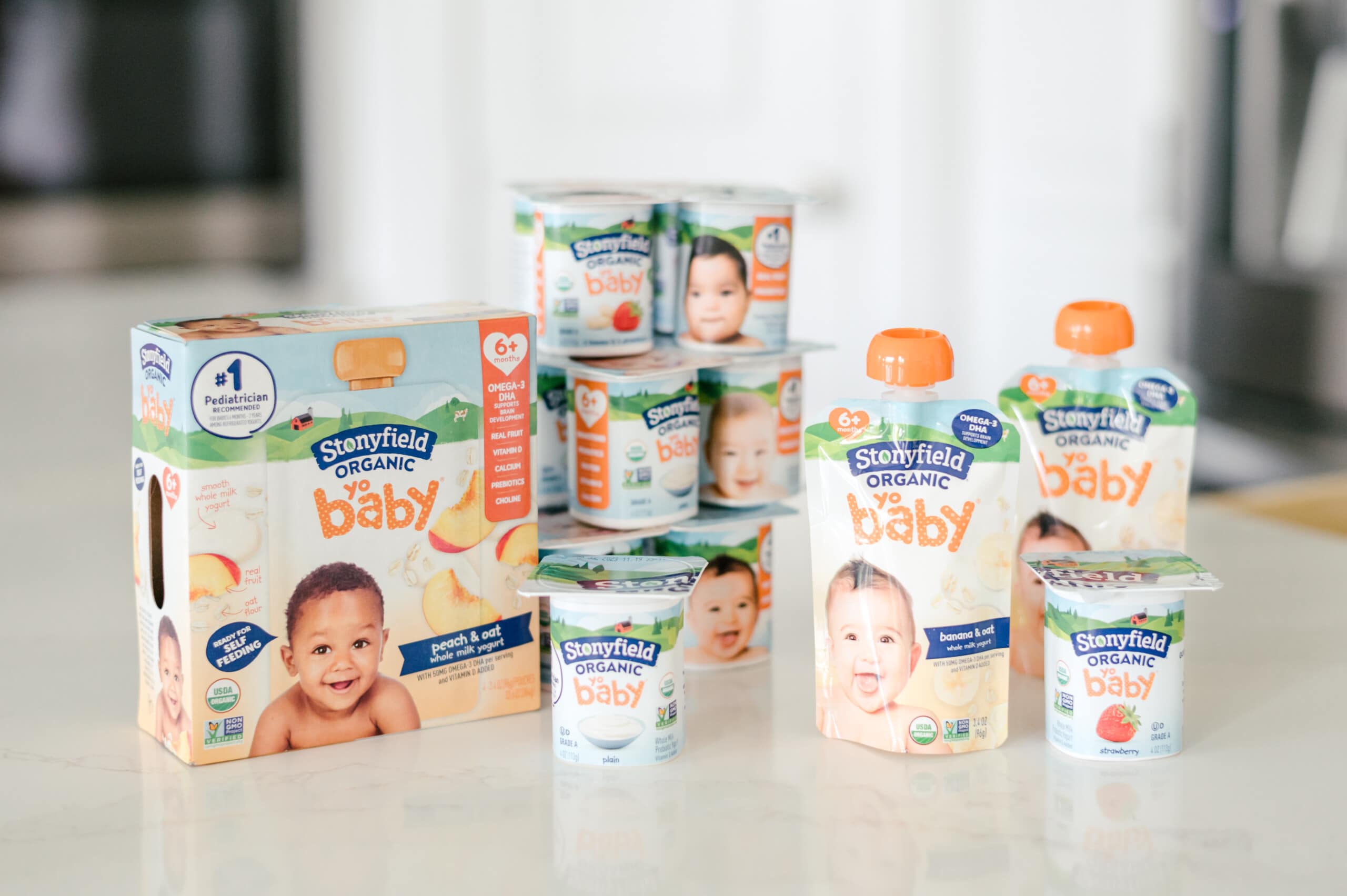
Stonyfield also has a delicious peach and oat yogurt made with whole milk, if you’re limited on time. It’s a great option and packaged in pouches, so it also encourages your little one to self-feed.

2. Make It a Popsicle
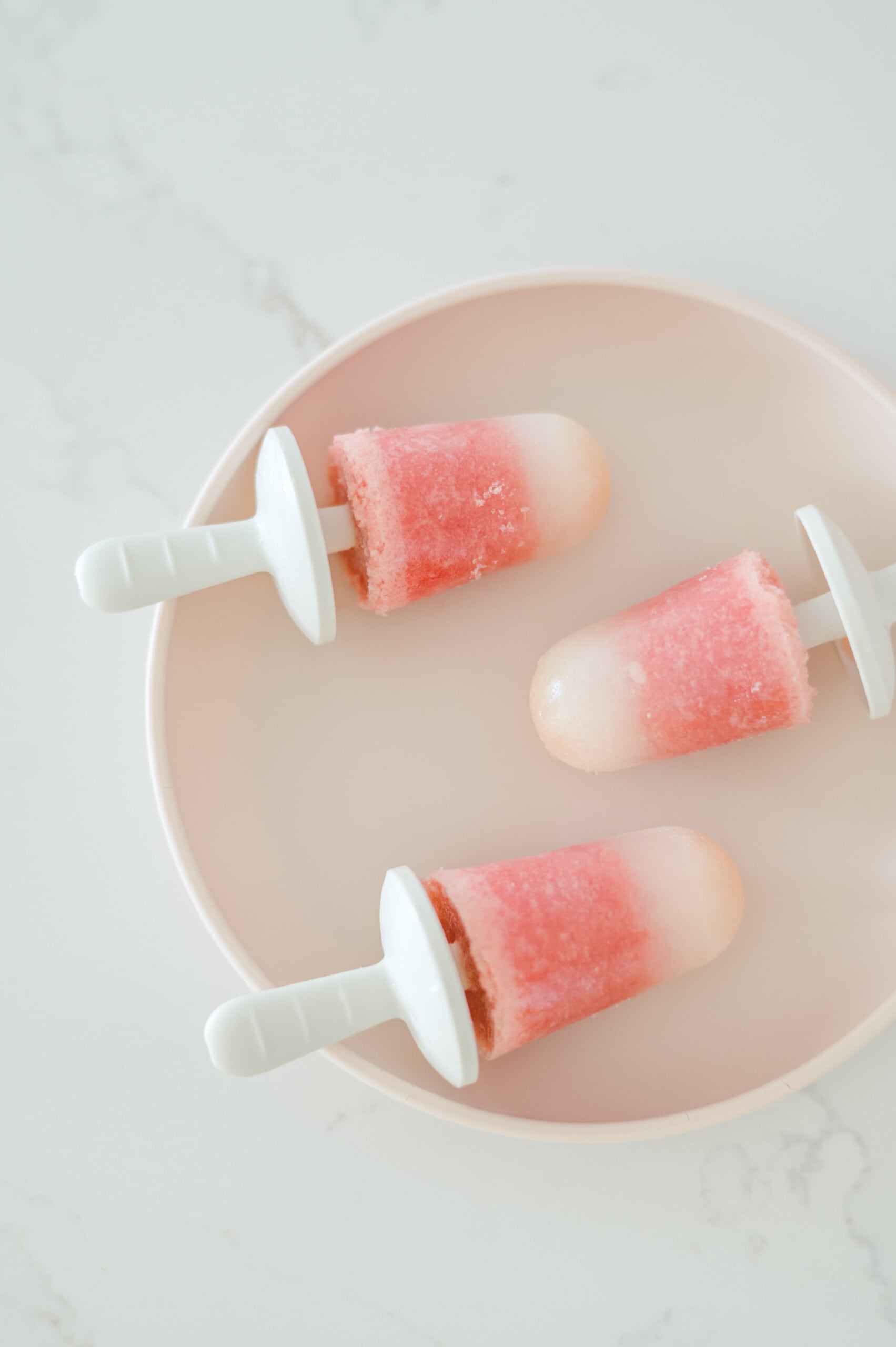
Store-bought popsicles can be loaded with sugar and dyes, so why not make them yourself? All you need is a set of popsicle molds. And they don’t have to be made of juice. You can get creative with popsicles – add yogurt and whole fruit.

Here we made watermelon and yogurt popsicles! Place some sliced watermelon in your blender, then add your preferred Stonyfield yogurt, and blend together. Pour the mixture into your popsicle mold and place it in your freezer overnight. You’ll have some yummy popsicles ready for the next day!

It’s an easy and fun recipe you can feel good about giving to your children.

3. Have Them Dip It
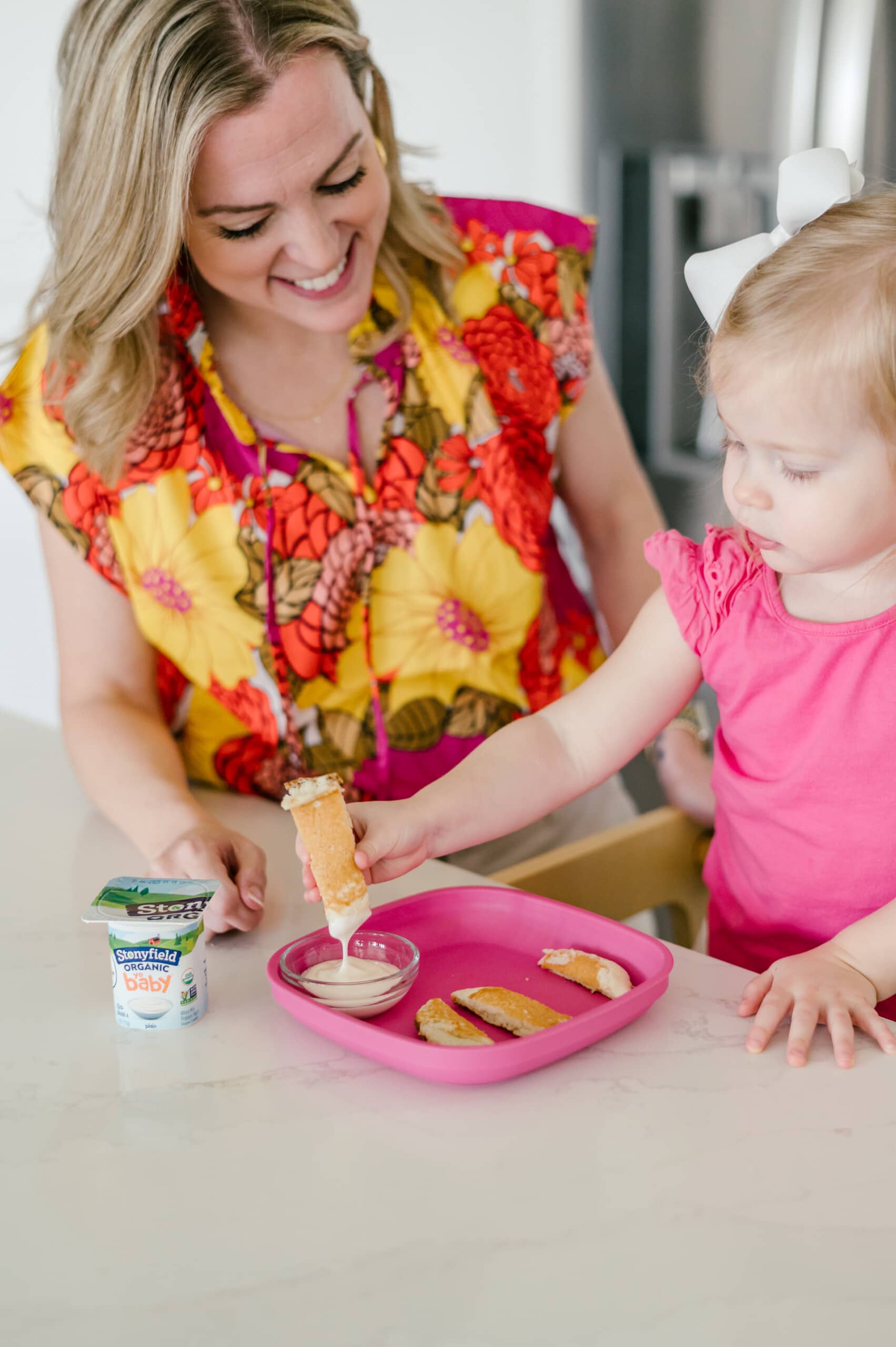
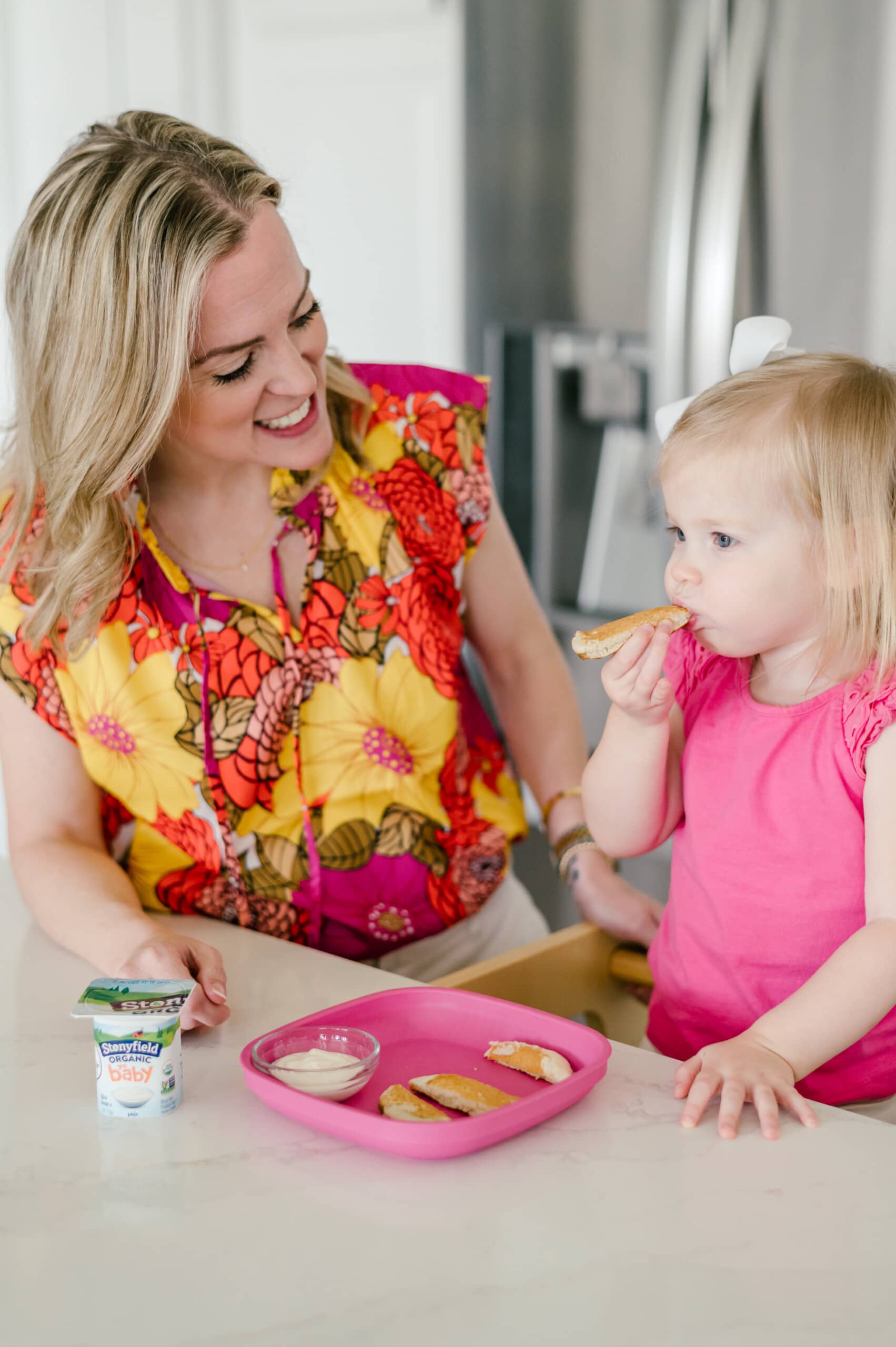
Using foods your child already loves and topping them with yogurt or using the yogurt as a dipping sauce can not only help them be exposed to new foods but also add nutritional value to foods that may be lacking. For example, if your child loves pancakes or waffles, add a drizzle of Stonyfield yogurt on top of them or place it in a small bowl or space on the plate next to the desired food.
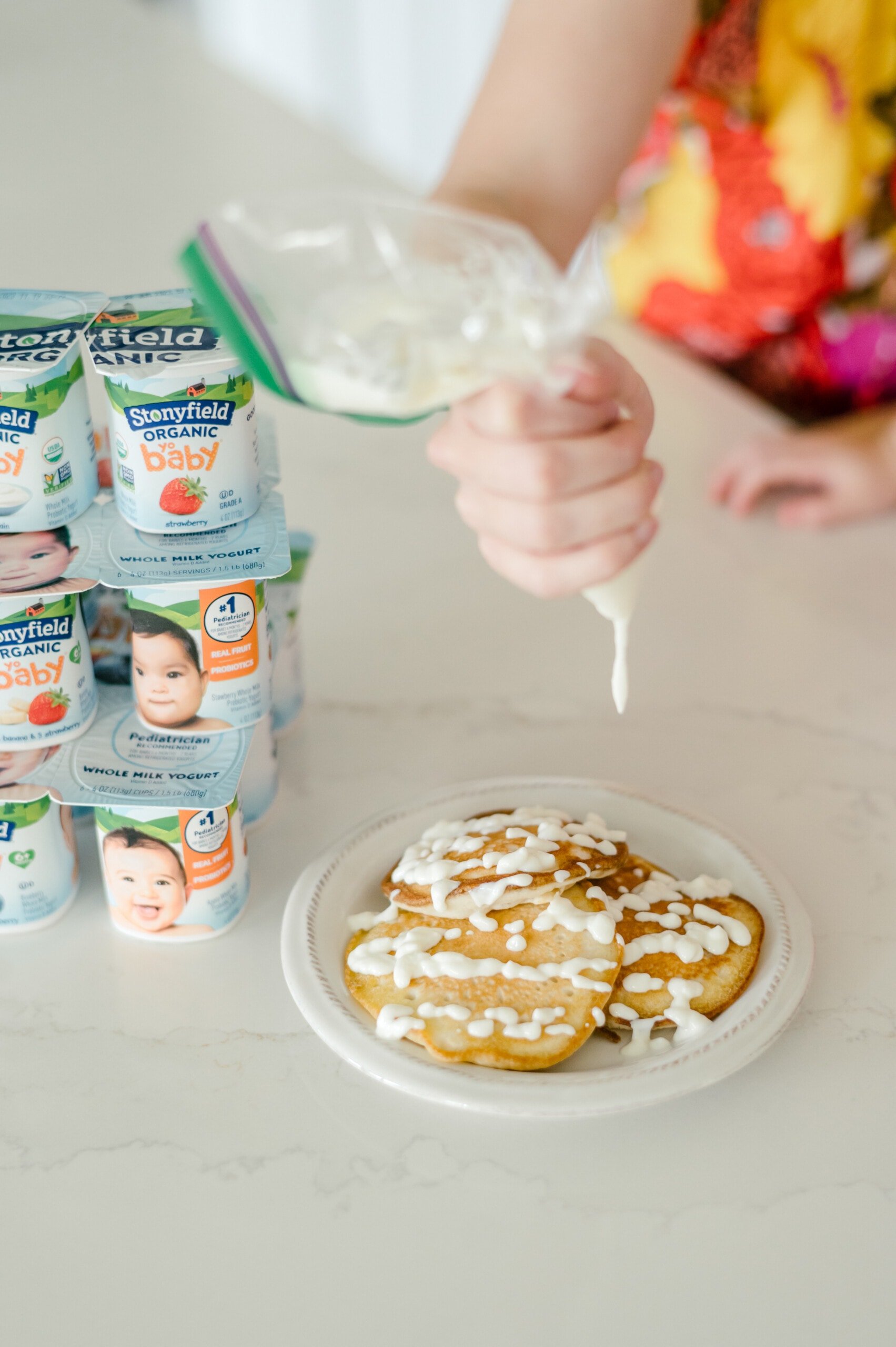
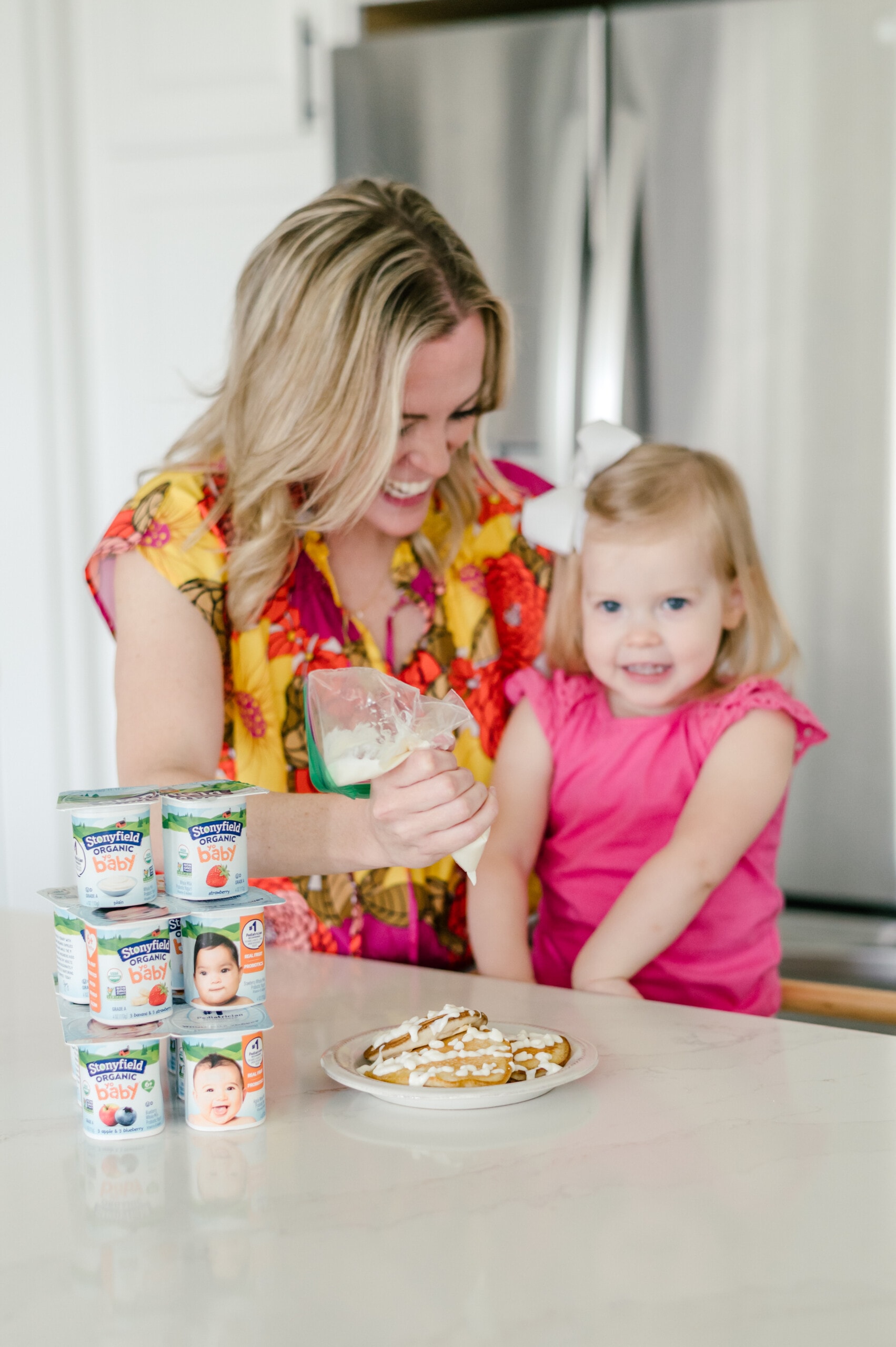
Even if your baby doesn’t try it initially, repeated exposure and food pairing is an easy way to open your child up to new, healthy food options.
4. Make It a Smoothie
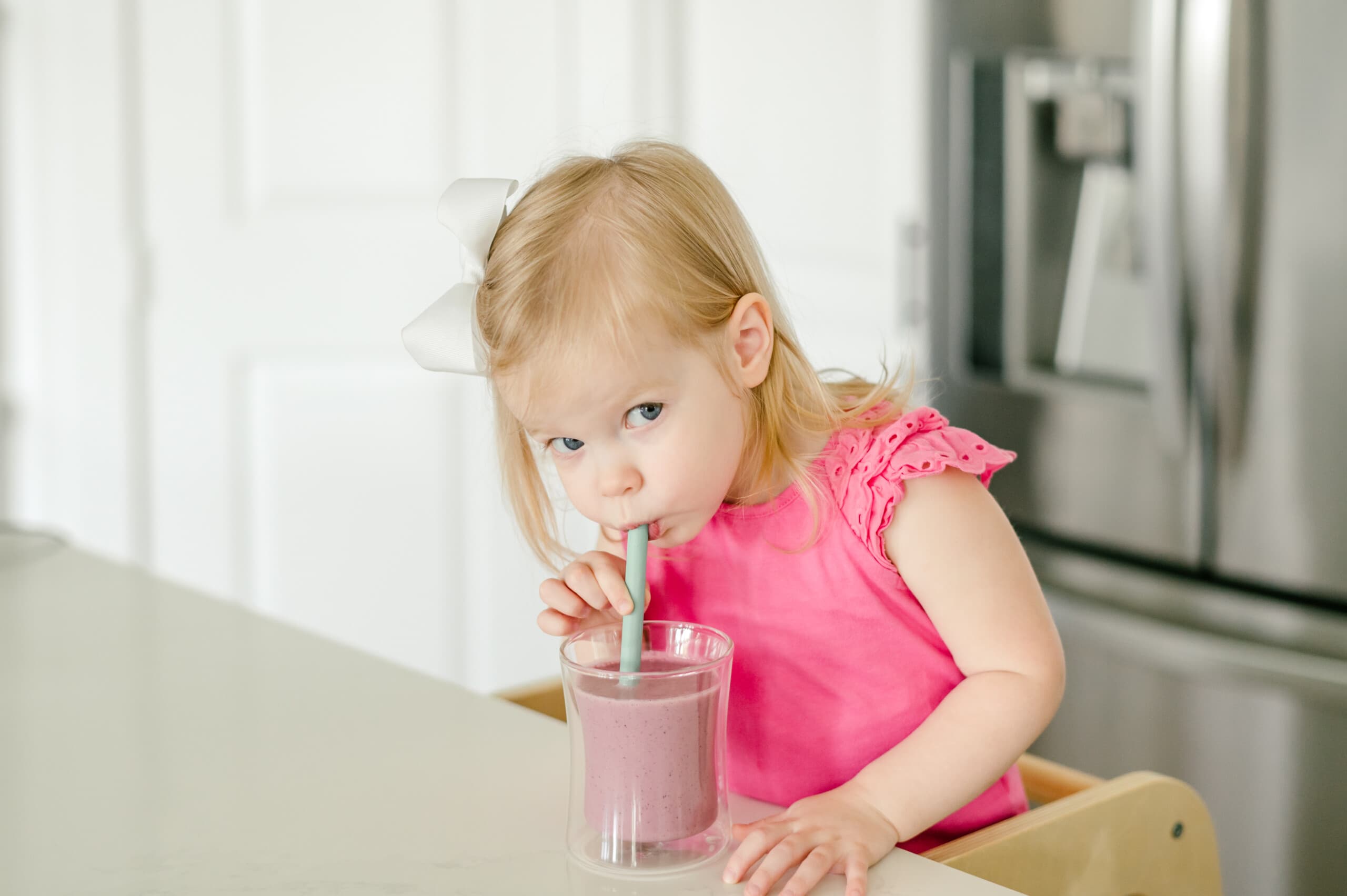
Children are much more likely to drink a new food or supplement than pick it up and eat it alone, especially if the mom makes one for herself. Making your baby a smoothie including fruits, vegetables, and yogurt allows them to expand their palate slowly, and they won’t even notice. You can add a Stonyfield yogurt cup for extra protein and probiotics for a meal with very little of either. Stonyfield also makes a great pre-made probiotic smoothie for kids and pouches for little ones when you are in a pinch for time or on the go.
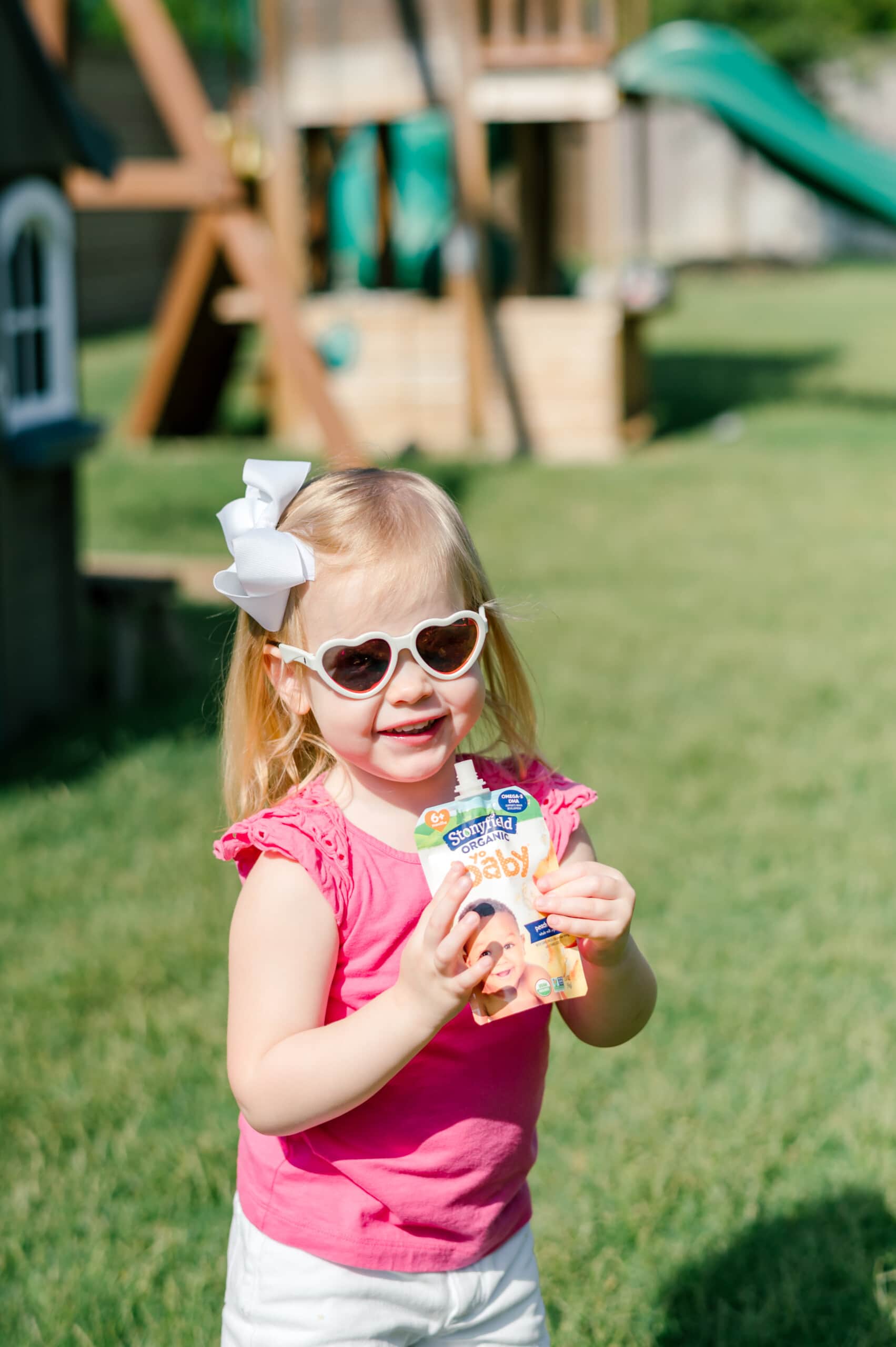
5. Mix It In
Last but not least, think of whole milk plain (unflavored) yogurt as sour cream or milk when creating dinner recipes for your kids. This can work in various ways, including pasta sauces, creamy veggies, or spreads on bread or a protein.
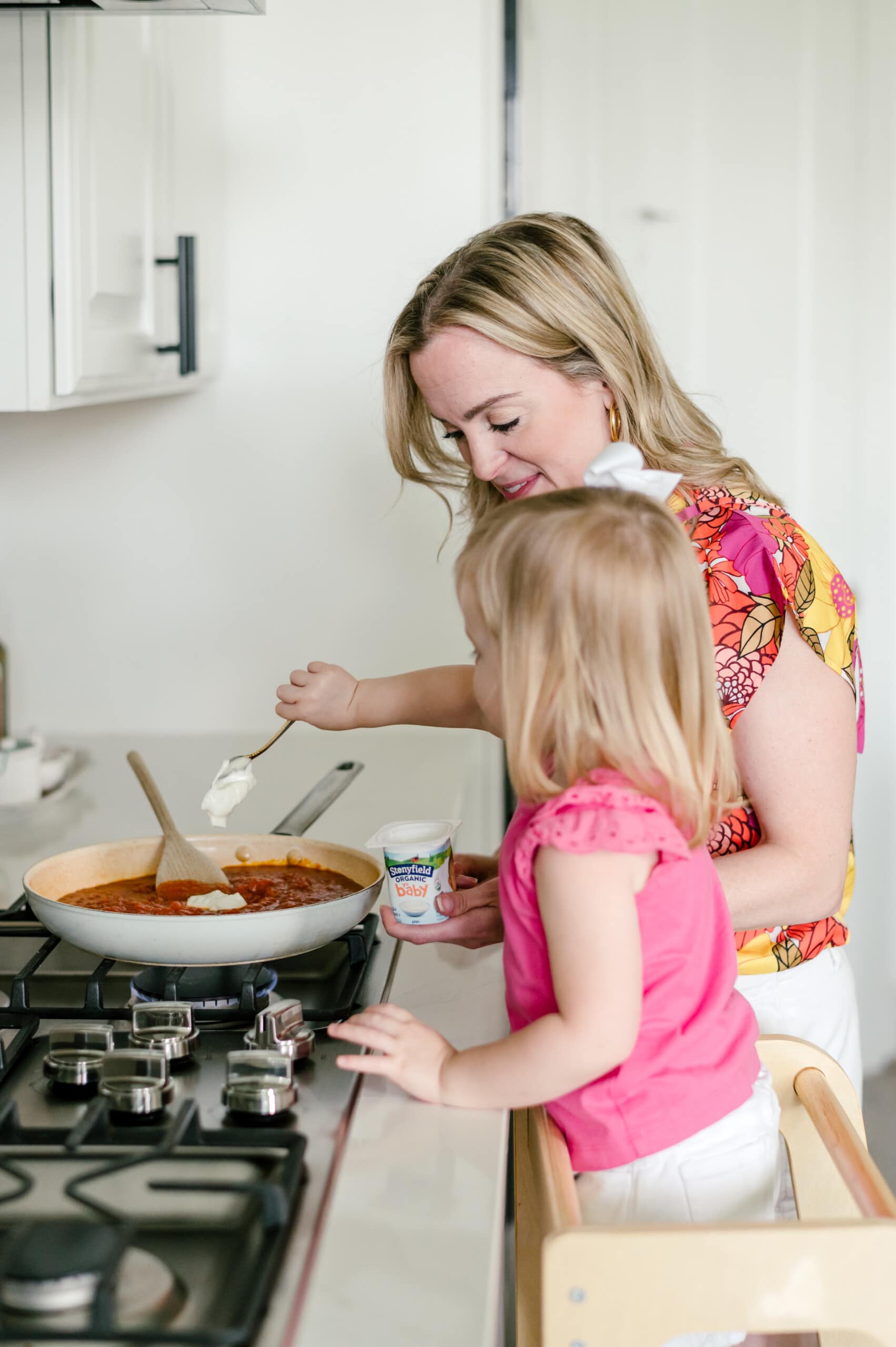
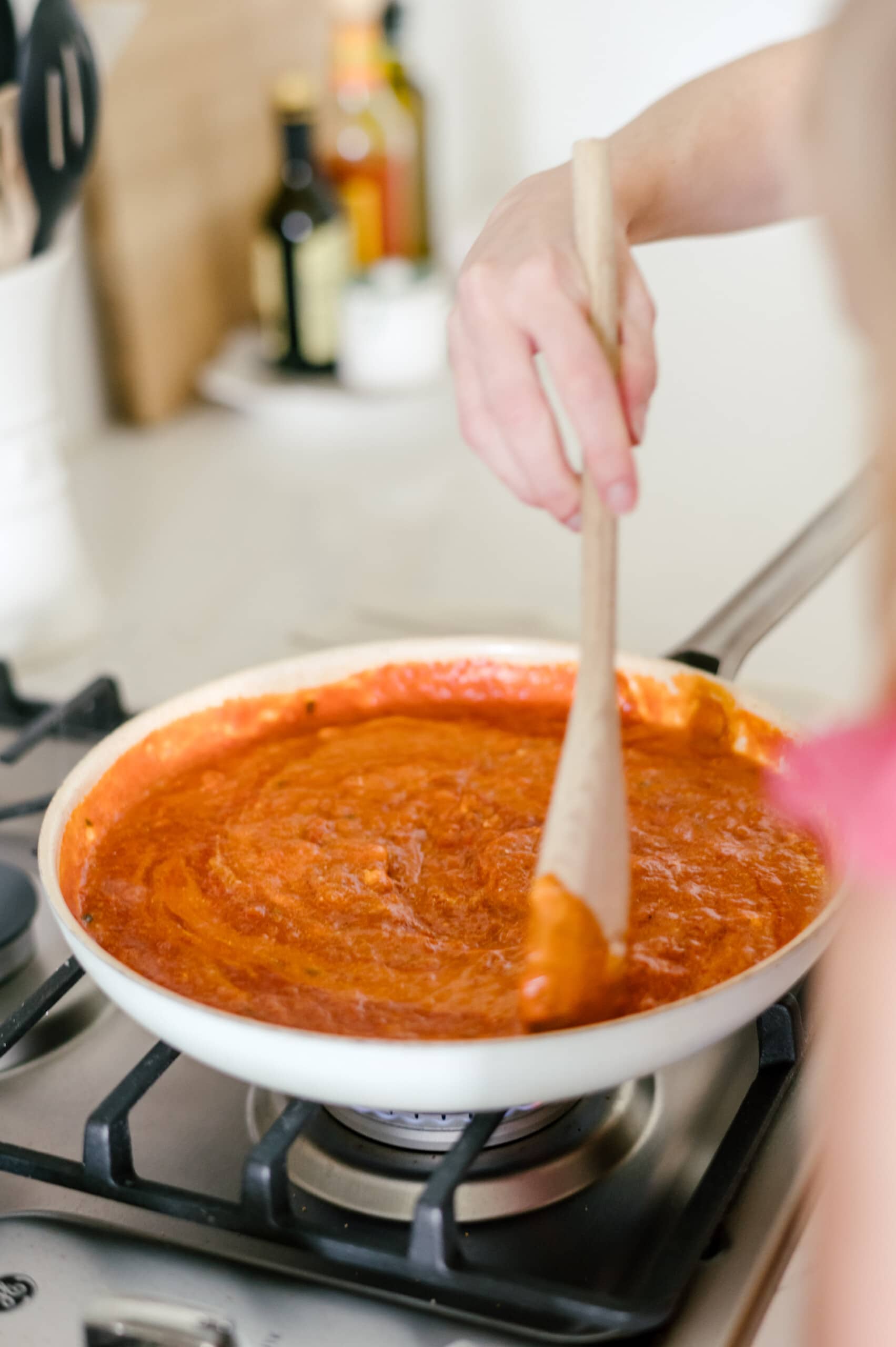
My favorite way to use it is to add a small dollop into a red pasta sauce after heating it to make it a pink cream sauce. This boosts the nutritional value and gives a whole bunch of recipes you already have in your arsenal a creamy finish.


Overall, Stonyfield yogurt is a great way to easily add calcium, phosphorus, protein, fat, and probiotics into your little one’s diet. Using these five ways to add yogurt into your child’s diet, they can become accustomed to new flavors and tastes and grow and develop more healthily.


 PARENTING TIPS
PARENTING TIPS







 PREGNANCY
PREGNANCY








 BABY CARE
BABY CARE








 TODDLERS
TODDLERS








 TEENS
TEENS








 HEALTH CARE
HEALTH CARE







 ACTIVITIES & CRAFTS
ACTIVITIES & CRAFTS








 CONTACT
CONTACT ABOUT
ABOUT